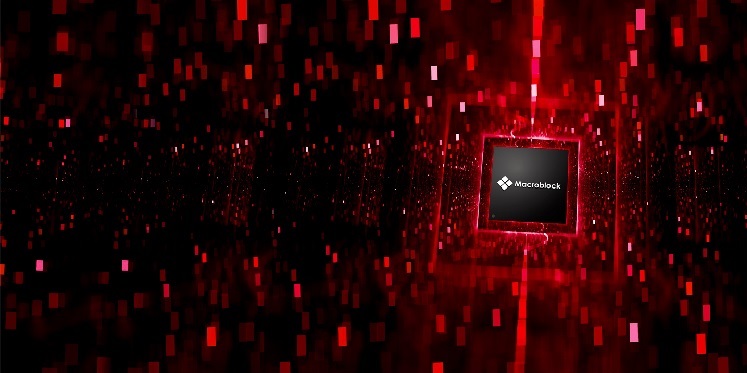The Development Trends of Ultra-Fine-Pitch LED Driver ICs
The Development Trends of Ultra-Fine-Pitch LED Driver ICs

1. Definition of LED driver IC
IC is Integrated circuit. It uses a number of processes to connect the physical tubes, diodes, resistors, capacitors, inductors, and other components with the wiring to make small semiconductor wafers or dielectric substrates. Then the wafers are packaged in the shells to form a microstructure with the desired circuit functionality.
In the LED display, the functions of the driver IC are to receive the display data in accordance with the protocol, produce PWM and current time change, output PWM currents related to brightness, grayscale, refresh, and others, and illumine LEDs.

2. Costs of ultra-fine-pitch LED driver ICs
The driver IC accounts for about 10% of the total cost of the ultra-fine-pitch LED display, while it comes in at 5% of the total cost of the traditional LED display. The cost of driver IC is mainly composed of wafer cost and sealing test cost. Wafer contributes to a high percentage of cost.

SAC solder paste SnBiAg solder paste SnBiAgSb solder paste SnBiAgX solder paste SnBi solder paste BiX solder paste AuSn solder paste SnSb solder paste SnPb solder paste Anisotropic conductive paste Flux for ultra-fine-pitch soldering

3. The development trends of ultra-fine-pitch driver ICs
3.1 Energy saving of driver ICs
The power consumption ratio of the driver IC increases as the dot pitch shrinks. Therefore, energy-saving is a problem that driver ICs need to overcome. Moreover, ultra-fine-pitch products are in the early stage of commercialization. Hence, the market added value is high, which stimulates the development of energy-saving driver ICs, but the technology is complex.
3.2 Driver IC integration trends
In addition to energy saving, IC integration is another trend after the miniaturization of LED displays. With the decrease of the LED display dot pitch and the increase of the number of LEDs per unit area, the increase of the line tubes will lead to the extrusion of line tubes in the display mainboards, which will increase the difficulty of PCB layout design. Therefore, in the era of ultra-fine-pitch LED display, row-column integrated driver ICs have been developed to avoid the complex problem of device wiring.
Besides, as the dot pitch shrinks and the pixel density increases, the PM driving mode based on the principle of time-division scanning begins to be limited. Although the PM scanning mode has a simple structure and is easy to implement, the time-sharing scanning mode is time-limited. The number of scans needs to display grayscale, so the integration is limited. However, the PCB board design is complex and prone to crosstalk. In addition, due to the use of the space ratio scanning mode, the current on each LED is relatively large, which will increase the power consumption and affect the energy saving of the product. AM driving corresponds to the PM driving mode. Each pixel driven by AM has an independent driver circuit. The drive current is provided by the object tube. Each pixel circuit requires at least two object tubes to control the output current. What’s more, it contains a storage capacitor to store the data signal. After the scan signal pulse, the storage capacitor can still provide the voltage to drive the object tube and keep the LED illuminated. AM drivers have low brightness and power consumption. Since the splicing problem of glass substrates has not been solved, there are still difficult to apply glass substrates in ultra-fine-pitch area.
3.3 Low latency function
With the enrichment of applications, LED displays have been used in more and more interactive scenarios, such as games, conferences, etc. Therefore, the driver ICs should have reduced image delay.


















 Back to list
Back to list



